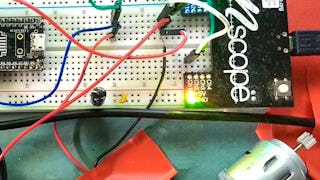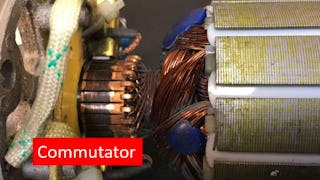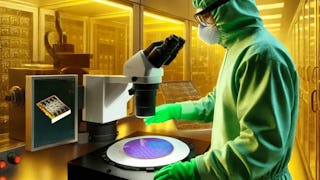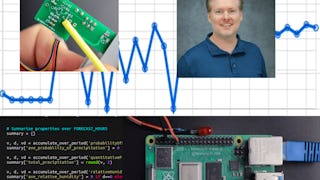This course can also be taken for academic credit as ECEA 5340, part of CU Boulder’s Master of Science in Electrical Engineering degree.
After taking this course, you will be able to: ● Understand how to specify the proper thermal, flow, or rotary sensor for taking real-time process data. ● Implement thermal sensors into an embedded system in both hardware and software. ● Add the sensor and sensor interface into a microprocessor based development kit. ● Create hardware and firmware to process sensor signals and feed data to a microprocessor for further evaluation. ● Study sensor signal noise and apply proper hardware techniques to reduce it to acceptable levels. You will need to buy the following components to do the two course projects based on the videos in this module. Note that if you have already purchased the PSOC 5LP PROTOTYPING KIT, you do not need to buy it again. These parts may be purchased off the Digikey web site, www. Digikey.com. Or, you may obtain the specs from the site, and purchase them elsewhere. These are the part numbers typed out, so you can copy and paste them into the Digikey web site. You will need one of each part. 428-3390-ND NHD-0216BZ-RN-YBW-ND 570-1229-ND A105970CT-ND Additional equipment needed: • Wire - various gauges and lengths • Breadboard • Oscilloscope – suggested models are: o PICOSCOPE 2204A-D2 available on www.digikey.com or o Digilent 410-324 | OpenScope MZ available on www.newark.com Depending on your budget, you can also investigate these models: o Hantek HT6022BE20MHz - https://www.amazon.com/dp/B009H4AYII o SainSmart DSO212 - https://www.amazon.com/dp/B074QBQNB7 o PoScope Mega50 USB - https://www.robotshop.com/en/poscope-mega50-usb-mso-oscilloscope.html o ADALM2000 - https://www.digikey.com/en/products/detail/analog-devices-inc./ADALM2000/7019661

























